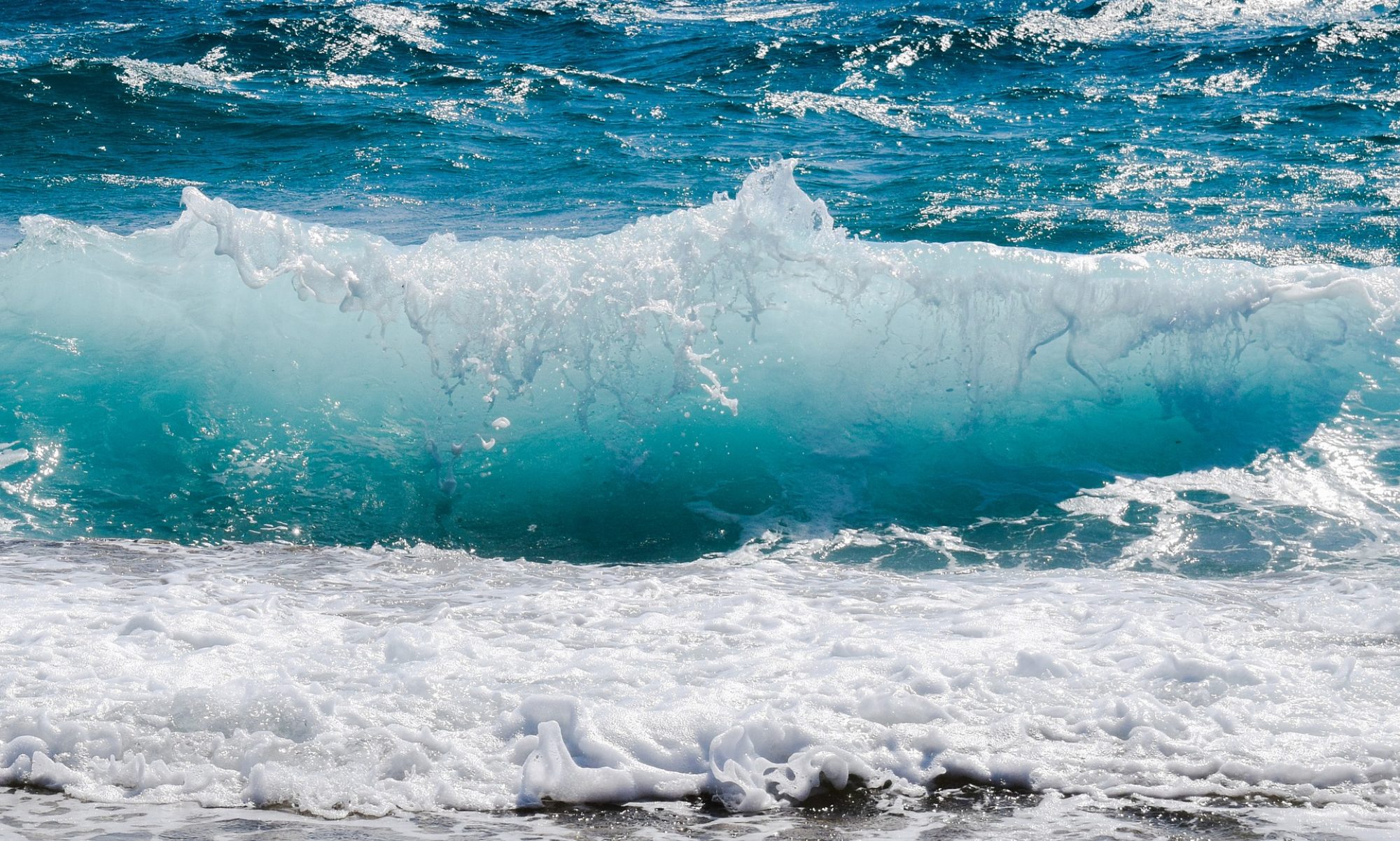What are Precipitation Islands?
The Precipitation Islands is the name that takes a new proposal to fight against the floods and at the same time the deforestation. This project is as friendly to the environment as it is to the economy since the resources needed to carry it out come from nature and others are artificial but it is proven that they do not cause a negative impact on it. The idea is to get rid of excess water in rural areas of the interior.
The idea is to form extensive hills up to 2 meters high formed by a mixture of soil and sodium polyacrylate (Hydrogel) and above planting multiple rows of eucalyptus. These hills will be located in the low-lying areas generally flooded and were given the name of “Precipitation Islands” because this is the way they look like when these areas are covered with water.
What is an hydrogel?
This is how they are called superabsorbent polymers, these are generally organic macromolecules (carbon-carbon and carbon-hydrogen bonds) that are formed by the union of smaller molecules called monomers. Hydrogels can absorb large amounts of water through hydrogen bonding bonds, so much that 13 grams absorb 1 liter of water. This characteristic of these compounds is already used in the world of agriculture, is the sodium polyacrylate sold in powder form to add to the earth which favors and optimizes incredibly the growth of the plants as they give it to these, easier access to water and other nutrients. While sodium polyacrylate can absorb a large amount of water, one should not worry about drowned plants, they will only take what they need and the rest will be retained until necessary. It is also important to mention that the hydrogels and the trees form a circle, the hydrogels absorb the water in excess and at the same time the plants transpire it into the atmosphere.
Why Eucalyptus?
Eucalyptus is also known as the “selfish tree” because it can absorb large amounts of water compared to other trees, due to its high rate of evapotranspiration. It is estimated that a eucalyptus consumes 20 liters of water per day, that is, if we think of islands with an average of 1,000 trees, we would be talking about 20,000 liters a day. This characteristic is what allows the tree to grow in such a short period of time, in about 10 years a tree can grow to no less than 10 meters depending on soil conditions. It can reach 70 m in height and 2 m in diameter in our country, although it usually exceeds 50 m in height and 1.50 m in diameter and can live up to 100 years. While its great absorption may be very favorable for the project, care must be taken because it is this same characteristic that can be the cause of severe droughts as happened with Kenya, whose government is currently fighting against the eucalyptus trees because they are compromising the limited water sources of the country.
In relation to the project, it can already be said that the trees will have an easy access to water and nutrients so that what can already be assured is a very rapid development of the trees. The eucalyptus is also a tree with a large rooting, unless hurricane winds are produced it is very unlikely that the wind will knock it down and even less when we talk about many trees together forming a great protective barrier.
In terms of climate, eucalyptus prefers humid, frost-free climates and its temperature range ranges from -3 ° C to 40 ° C.
Despite the fact that these trees can withstand temporary mudslides, they always run the risk of drowning, in a situation like this, as previously stated, the hydrogels will be in charge of helping the plant in these cases, and also, the elevation that the islands will have they will always allow the trees to stay safe.
To know more about the situation of the issue, you can do it through the following document:
